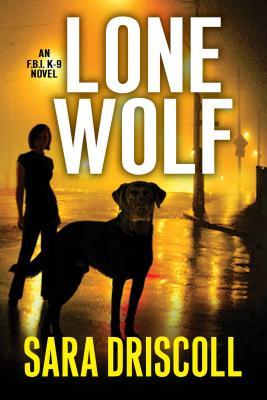Following The Scent Trail
/Last week we talked about the canine nose and how both its architecture and receptors make it the perfect search tool. Today we’re going to talk about some of the difficulties dogs and their handlers have to overcome while they are working.
Scent: Scent particles emanate from everything—people, animals, and objects. In still air and away from walls and upright surfaces, scent radiates evenly from the source, the scent particles being more concentrated near the person or item and then diffusing outward, the concentration slowly falling as the scent moves outward. But unless the dog is searching in an area with minimal air currents and no heating, this kind of even diffusion is rare. Both indoors and outdoors, air is always moving and this greatly affects the dispersal of scent.
Scent Cones: In the presence of air movement, scent moves along the direction of the current, diffusing outward as it progresses until it encounters an upright surface. As a result, an ever-widening cone of scent is blown away from the origin point. Search-and-rescue dogs use this scent cone to zero in on what they are searching for.
Basic search patterns: Consider the scenario of a search-and-rescue air scenting dog who is searching for a lost child. If lucky, the parents of the child will be able to provide a piece of clothing that the dog can use to identify the child. The dog will do a heads-up search of the area, looking for any trace of that particular odor. When the dog finds the scent, he will start a pattern of trying to narrow down the scent cone, working across the wide end of the cone until he runs out of scent. Then he will turn around and run back through the cone until he runs out the other side. He will then move upwind and repeat the process. With each progressive pass through the cone, the dog will move in the direction of the stronger scent, narrowing the search cone. In the end, the dog will work its way to the lost child, the origin of the scent.
Sounds straight forward, doesn’t it? Unfortunately, in the real world, it’s rarely that easy for a number of reasons:
Air currents: Air currents blow scent mainly in one direction. This can be an advantage as the current can spread the scent a long way in the direction of the prevailing wind. Unfortunately, if dogs are coming into the search area from upwind, they are essentially nose blind until they are practically on top of the subject.
Obstacles: Obstacles can play havoc with air currents, causing a nearly straight stream of scent to pool into the dead space behind or in front of the obstacle and create a turbulent cycle. Air then coming out of that cycle could be moving in any direction, taking the scent trail with it. This makes it hard for the dog to correctly identify where the scent is coming from since he may catch the edge of an eddy, try to find the scent cone, but then lose the scent entirely as it eddies away from him.
Obstacles can also cause a chimney effect, pushing the air current high over a building or forest line so the scent finally falls to the dog’s level hundreds of feet from the source and is nearly impossible to track.
Heating and cooling: Hot air rises and cool air falls. As a result, typical daytime heating causes air currents to rise, while nighttime cooling causes them to fall. If a dog is searching a valley for a victim, the handler has to be aware of the heating and cooling patterns, initiating a late afternoon search on the hilltop above the valley. During the cooler early morning, the handler would start the search at the bottom of the valley to maximize the dog’s chance of finding the edge of the scent cone.
Terrain: In a perfect world, a search would take place in a flat field with no boulders or trees to disrupt the scent cone. But that’s not how the real world works. There are multilevel hills and valleys, rocks and trees, buildings, roads and bridges. And all of those can disrupt the scent cone making what might have been a straightforward search into a significant challenge.
Search-and-rescue dogs often make these searches look easy, but it’s intuitive strategizing by the handler and hours and hours of training by the dogs that let these teams carry off their job so smoothly. We’ve talked a lot about the dog half of a search-and-rescue team, but what about the handlers? We’ll be back next week so look at the special kind of people who make up the human side of these amazing teams.
Photo credit: Ramón Peco, Daryl James, Kristina D.C. Hoeppner, Michael Lehenbauer, and Steve.





































































 97.7%
97.7%